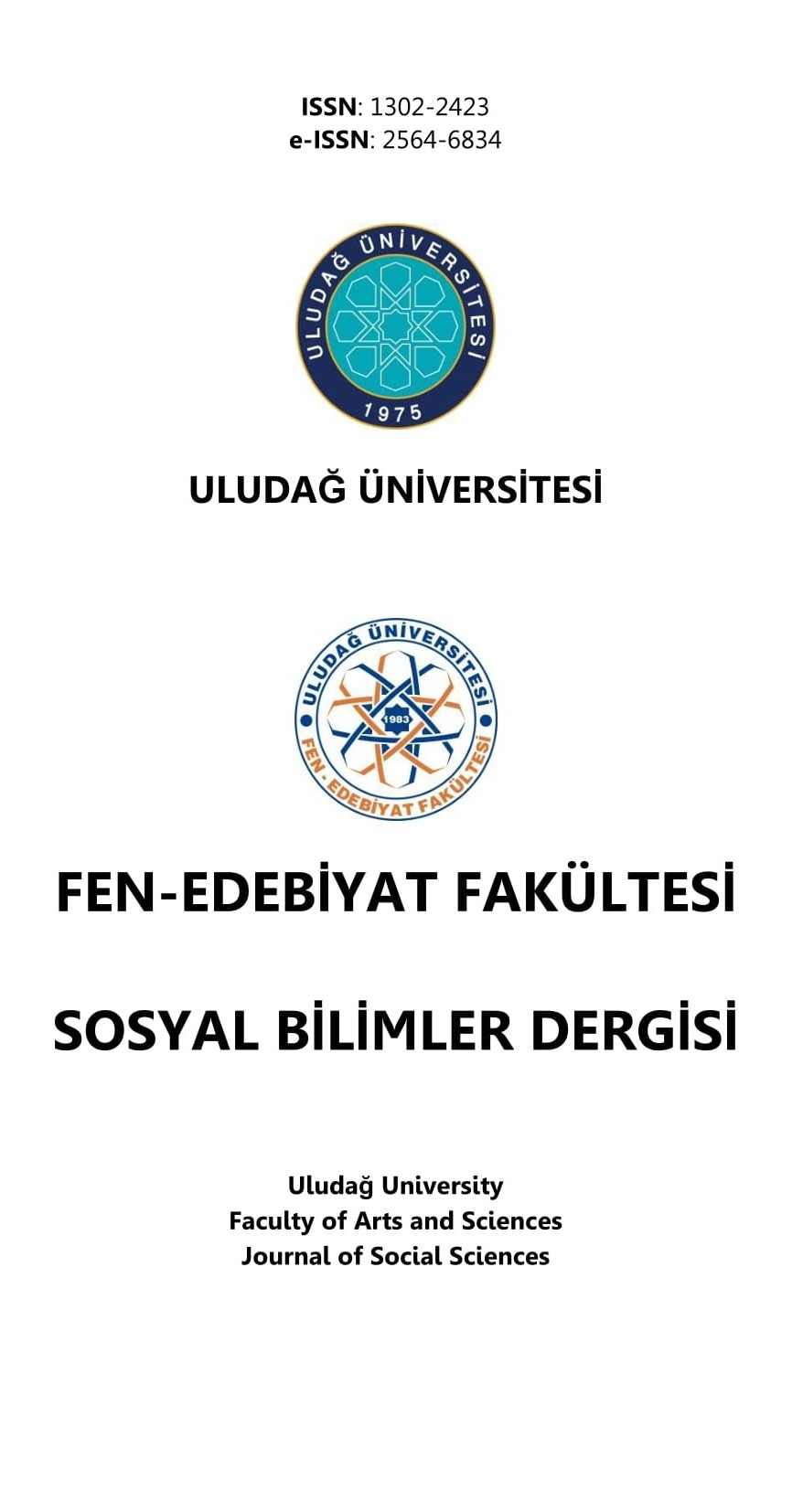PABLO CASALS’IN 20. YÜZYIL MÜZİK DÜNYASINA ETKİLERİ
Ünlü çellist Pablo Casals hakkında konuşulan çok fazla hikâye vardır. Güçlü kişiliği ile kendinden söz ettiren dâhiyi ve ardında bıraktıklarını daha iyi anlamak için yaşamına, çalışmalarına, düşüncelerine ve bunları ifade etme biçimine değinmek, yaptığı müziği daha iyi anlamaya ve yorumlamaya yarayacaktır. Casals, politik düşünceleriyle kitleler üzerinde etkili olmuş, yaptığı trio ve solo kayıtlarla arkasında büyük bir miras bırakmış ve genç yaşında J. S. Bach’ın Çello Süitlerini bulup tekrar müzik dünyasına kazandırmıştır. Öğretilerinden birçok ünlü çellist yararlanmış, çello çalmak bambaşka bir sanat haline gelmiştir. Literatür tarama tekniğiyle yapılan bu çalışma, Casals’ın müzik dünyasında bıraktığı etkilere değinmek ve çello hayatına getirdiği yenilikleri açıklamak amacındadır. Çalışmanın müzisyenler, özellikle çellistler için yol gösterici bir kaynak olması beklenmektedir.
Anahtar Kelimeler:
Pablo Casals, çello, viyolonsel, Bach Çello Süitleri, ifadeli entonasyon
Pablo Casals’ Effect on the 20th Century Music World
There are so many stories told about great cellist Pablo Casals. In order to understand his genius, interpret his music, and appreciate the gifts he left behind, we need to refer to his life, his work, his ideas and the way that he expressed them. He influenced the masses with his political ideas, left a great legacy with his solo and trio recordings, and, after finding J. S. Bach’s Cello Suites at a young age, brought them back to musical life. Many famous cellists have benefited from his teachings, which changed the art of cello playing in important ways. The current study is the result of a review of the literature about Casals, in order to touch on his effects on the music world and to explain the innovations he brought to the life of the cello. The author hopes that this work will be a guiding resource for cellists and other musicians.
Keywords:
Pablo Casals, cello, violoncello, Bach Cello Suites, expressive intonation,
___
- Adomeit, Matt. “ Pablo Casals and the Bach Cello Suites”. https://www.primephonic.com/ (Erişim Tarihi: 05.06.2018).
- Casals, Pau. “United Nations Speech”. http://www.paucasals.orgI (Erişim Tarihi: 04.06.2018).
- Cherniavsky, David (1952). “Teaching of the Cello”. The Musical Times, s. 398-400. http://www.jstor.org/ (Erişim Tarihi: 03.05.2018).
- Eisenberg, Maurice (1943). “Casals and the Bach Suites”. Violins And Violinists, http://www.cello.org/ (Erişim Tarihi: 03.05.2018).
- Garza, Hedda (1993). Pablo Casals: Spanish Cellist and Conductor. New York: Chelsea House Publishers.
- Gerhardt, Alban. “Pablo Casals”. https://www.gramophone.co.uk/ (Erişim Tarihi: 01.06.2018).
- Gökçen, Selma. “Revisiting Pablo Casals”. http://www.cello.org/ (Erişim Tarihi: 06.06.2018).
- Orgel, Paul. “Thibaud, Cortot, Casals: Schumann & Mendelssohn Piano Trios”. https://www.pristineclassical.com/ (Erişim Tarihi:06.06.2018).
- Salter, Lionel. “Cortot, Thibaud, Casals Trio Historic Recordings”. https://www.gramophone.co.uk/ (Erişim Tarihi: 04.05.2018).
- Sanderson, Blair. “ J.S.Bach Six Cello Suites for Solo Cello”. https://www.allmusic.com/ (Erişim Tarihi: 12.04.2018).
- Stowel, Robin (1999). The Cambridge Companion to the Cello. New York: Cambridge University Press.
- Resim 1. Portrait of Pablo Casals, Jan Toorop, 1904. https://www.wikiart.org/ (Erişim Tarihi: 06.05.2018).
- Resim 2. Portrait of Pablo Casals, Luis Quintanilla, 1957. http://www.museoreinasofia.es/ (Erişim Tarihi: 06.05.2018).
- Başlangıç: 1999
- Yayıncı: Bursa Uludağ Üniversitesi
Sayıdaki Diğer Makaleler
ROMA DÖNEMİNDE LYKAONİA BÖLGESİ SU TANRISI KÜLTLERİ
BURSA’NIN TAHIL PAZARI VE GALLE HANI
NEHCÜ’L-FERÂDÎS’TE AL- FİİLİ ÜZERİNE
İKLİM PARAMETRELERİ ÇERÇEVESİNDE KUŞADASI KÖRFEZİ ÇEVRESİNDE ZİRAAT HAYATI
DÜŞÜK STATÜLÜ GRUPLARIN YÜKSEK STATÜLÜ GRUPLARA YÖNELİK OLUMLU TUTUMU
TANZİMAT SONRASI TÜRK ŞİİRİNDE EDİRNE
BALIKESİRLİ RÂSİH VE BÜLGATÜ’L-AHBÂB ADLI ESERİ
